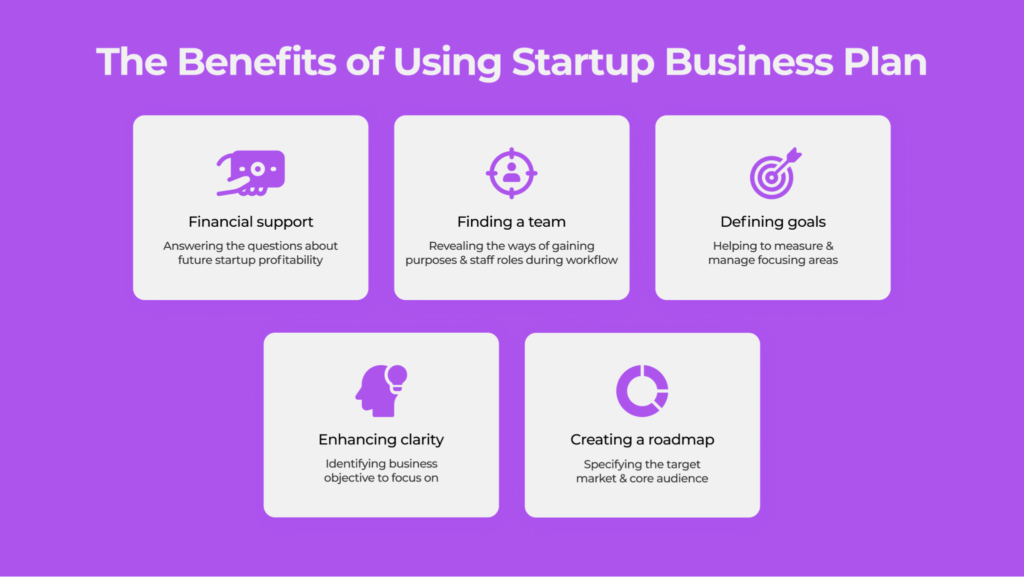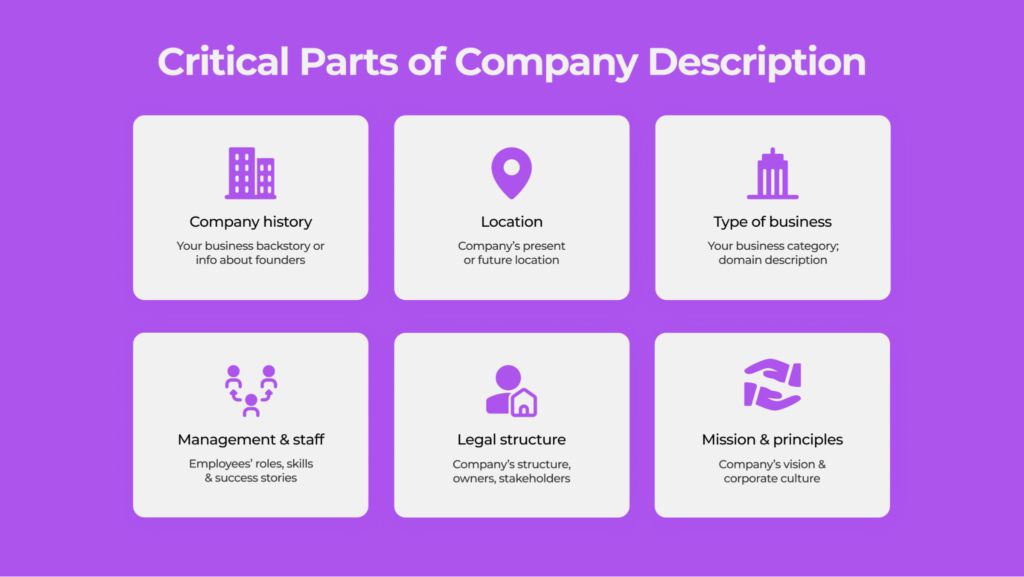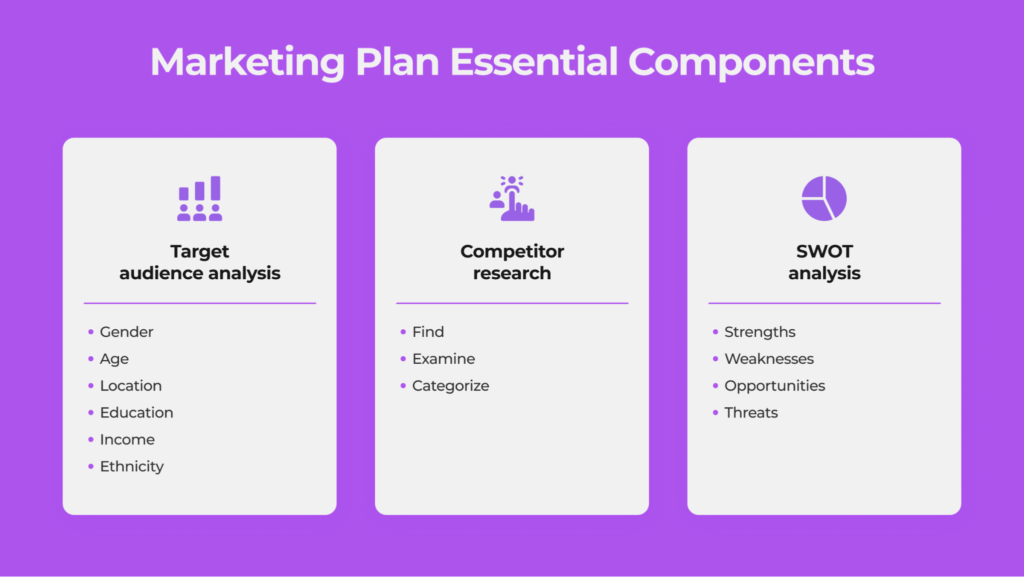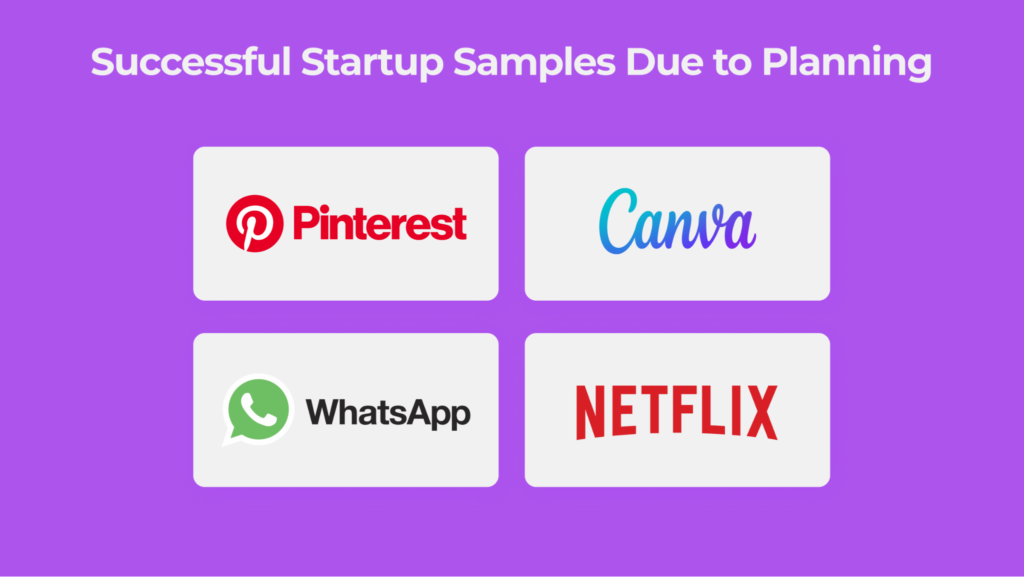The entrepreneurs, eager to create new startups, bring into life a lot of promising concepts. However, regardless of the genius ideas in the basics, most startups fail. A Point of Sale technologies startup’s business plan should focus on developing innovative and affordable POS solutions that meet the specific needs of retail businesses. Statistical resources say: poor preparation is a common cause of their fiasco. A comprehensive business plan will assist the entrepreneurs in launching a new company without a problem.
This article is meant to assist entrepreneurs in preparing a proper plan for business development. You’ll learn about its fundamental components, why it’s necessary to construct one, and so on.
Why Is a Business Plan Demanded?
It comprises thoughts essential for the company launch, supporting it throughout its functioning and eventual exit. It helps businesses avoid failures caused by a lack of consumer demand, funding, and other issues outlined in the CBInsights study.
Moreover, it gives entrepreneurs the following advantages:

What companies gain from planning
To benefit from these features, you must design a strategy using a specific structure. Below are the parts that should be included.
Executive Summary
It hooks readers and displays the essence of your idea. The following things can be written here:
Brief business overview. Tell people about services you would render, organization’s ambitions.
A market segmentation. Describe valuability of your company. Add about how you’ll resolve the customers’ problems with your solution.
A market competition. Remark the distinctive features of your business that will help you leave the rivals far behind due to price/quality or other characteristics of your service.
Funds. Provide your potential investors with charts illustrating sales, income, or ROI. Add financial projections for fixed periods.
Working staff. Represent existing colleagues and startup technology partners. Also, mention professionals you’ll require for the startup’s future growth (e.g., describe the need for finding a CTO for your startup).
You should also inform the decision-makers in advance about the funds necessary to establish your firm. Add the required statistics to do this.
The Description of The Company
It describes goals and history of your startup, recent/future location and business approach. Some of its components are offered for your consideration.
Corporation’s background. Investors may be interested in learning about your company’s history, the founders of concept, and other data.
Location. Tell about your startup’s current or future location, including whether it’s a home office, rented facility, or one you own.
Business model. Indicate the industry in which the upcoming startup operates, and don’t forget to include the domain.

Other aspects of the Company Description to think about
Marketing Plan
Where can you mention a company’s competitiveness, meaningful client-attraction strategies to show stakeholders or how your organization differs from rivalry? The marketing plan is ideal for that.
This section of the business plan normally includes the elements shown in the image below.

The components of the Marketing Plan
Financial Plan
It’s a crucial part of strategic plan that may help you transform vague goals into concrete milestones.
It may include:
- Balance sheets
- Budget projections
- Monetization strategies
- Cash flow and income forecasts,
- Sales predictions, etc.
Team Structure
Writing this business plan section, think out the below points:
- Team composition — listing of the startup’s team members you have for a proper company functioning
- Staff gaps — noting of the personnel, which is absent but required for gaining certain purposes
- Board Members — remarking the experts you attract to assist in a company’s management
A Business Plan Appendix
Here you may provide more details about your new company to potential investors and other readers of your business plan. Although it isn’t necessary, your potential investors may request further information about you and your organization (e.g., a credit history).
Readers can also ignore the appendix because it’s the last part of a plan; thus, your entire strategy should be clear enough even without it.
The Prominent Startups Grown Due to a Proper Planning
World-famous organizations started their path to success as little businesses, carefully planning each step. We’ve compiled a list of such companies for you to be inspired by.

Successful startups turned into world-known companies because of planning
Canva is an Australian popular graphic design software that generated over $1 billion in revenue. Canva CEO could make this company profitable thanks to excellent scheduling policies and belief in staff empowerment.
Pinterest performed good planning work on the way to fame and prosperity, including a suitable UX creation for their product: one of the Pinterest founders, even provided consumers with his phone number to call him regarding the product’s issues at any time day or night. Now it’s a one-of-a-kind platform with a $633 million revenue.
Netflix is a fantastic example of how pivoting a business model may significantly impact a company’s path. By transitioning from DVD by mail to creating award-winning programs and generating revenue of more than $7.5 billion, Netflix was able to solidify its position as the go-to media business.
WhatsApp company founders merely wanted to provide an excellent product for their clients, which resulted in over $5.5 billion in sales.
Summing Up
Developing a business plan is a complex task; however, practically every startup should do it using the ready templates or writing this document from scratch. Though pre-made templates can be modified to your particular business needs, no one template will fit every company. As a consequence, contacting professional software development specialists regarding your project may make your task easier. A software startup that develops innovative solutions to boost eCommerce sales can attract a large customer base and generate significant revenue. The IT infrastructure will walk you through all of the ins and outs of your concept, enabling you to effectively bring it to life.
Author’s Bio:
My name is Katherine Orekhova and I am a technical writer at Cleveroad – mobile app development company. I’m keen on technology and innovations. My passion is to tell people about the latest tech trends in the world of IT.
